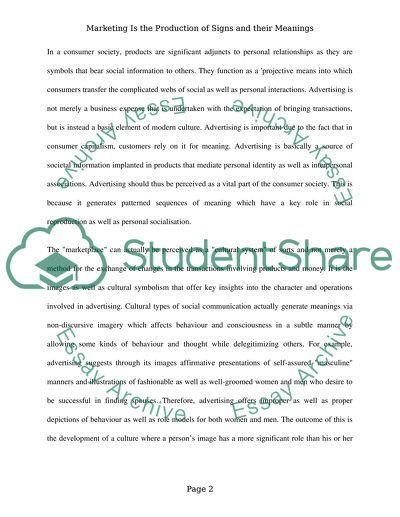Cite this document
(“Marketing Is the Production of Signs and their Meanings Essay”, n.d.)
Retrieved from https://studentshare.org/marketing/1471087-marketing-is-the-production-of-signs-and-their-meanings
Retrieved from https://studentshare.org/marketing/1471087-marketing-is-the-production-of-signs-and-their-meanings
(Marketing Is the Production of Signs and Their Meanings Essay)
https://studentshare.org/marketing/1471087-marketing-is-the-production-of-signs-and-their-meanings.
https://studentshare.org/marketing/1471087-marketing-is-the-production-of-signs-and-their-meanings.
“Marketing Is the Production of Signs and Their Meanings Essay”, n.d. https://studentshare.org/marketing/1471087-marketing-is-the-production-of-signs-and-their-meanings.


